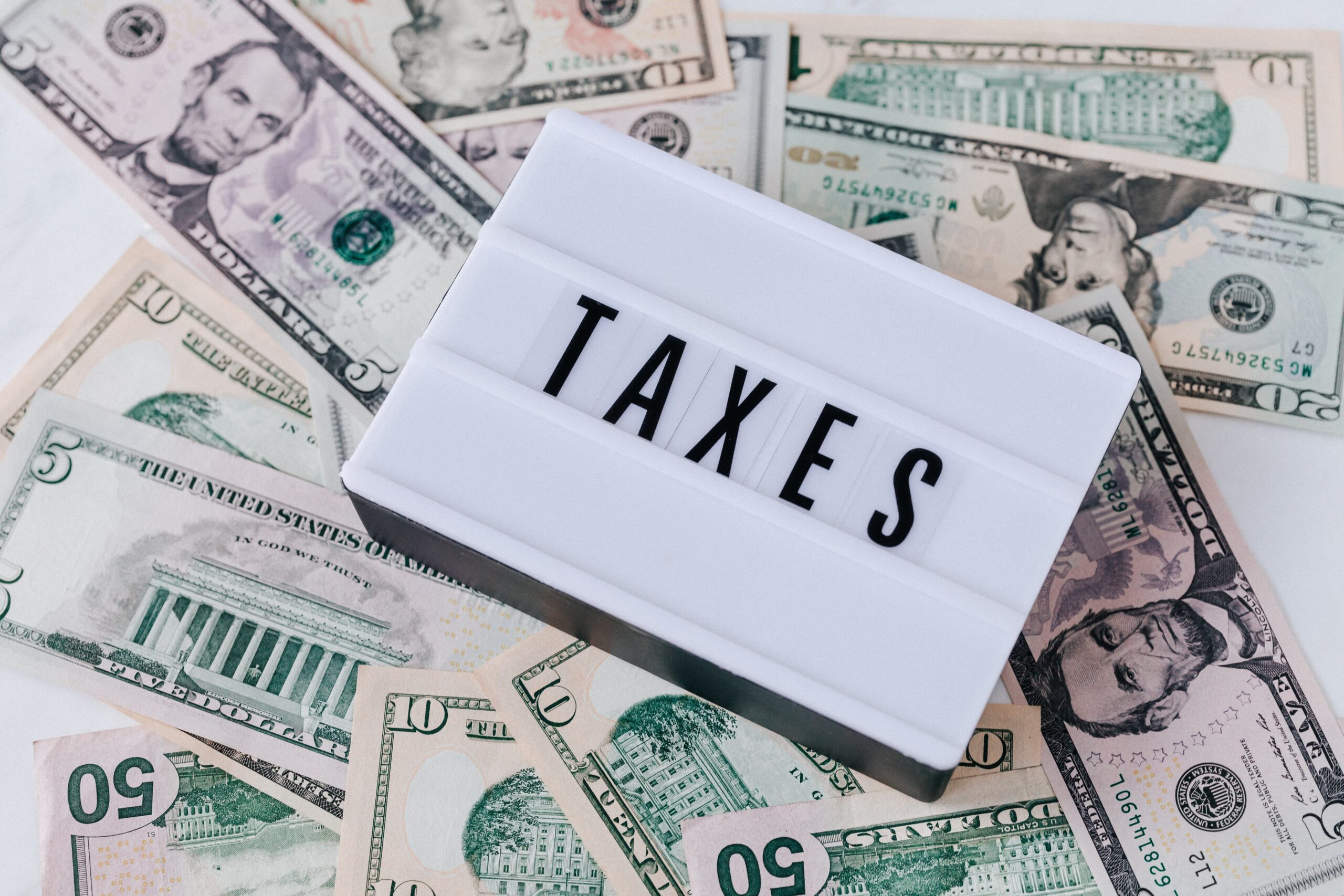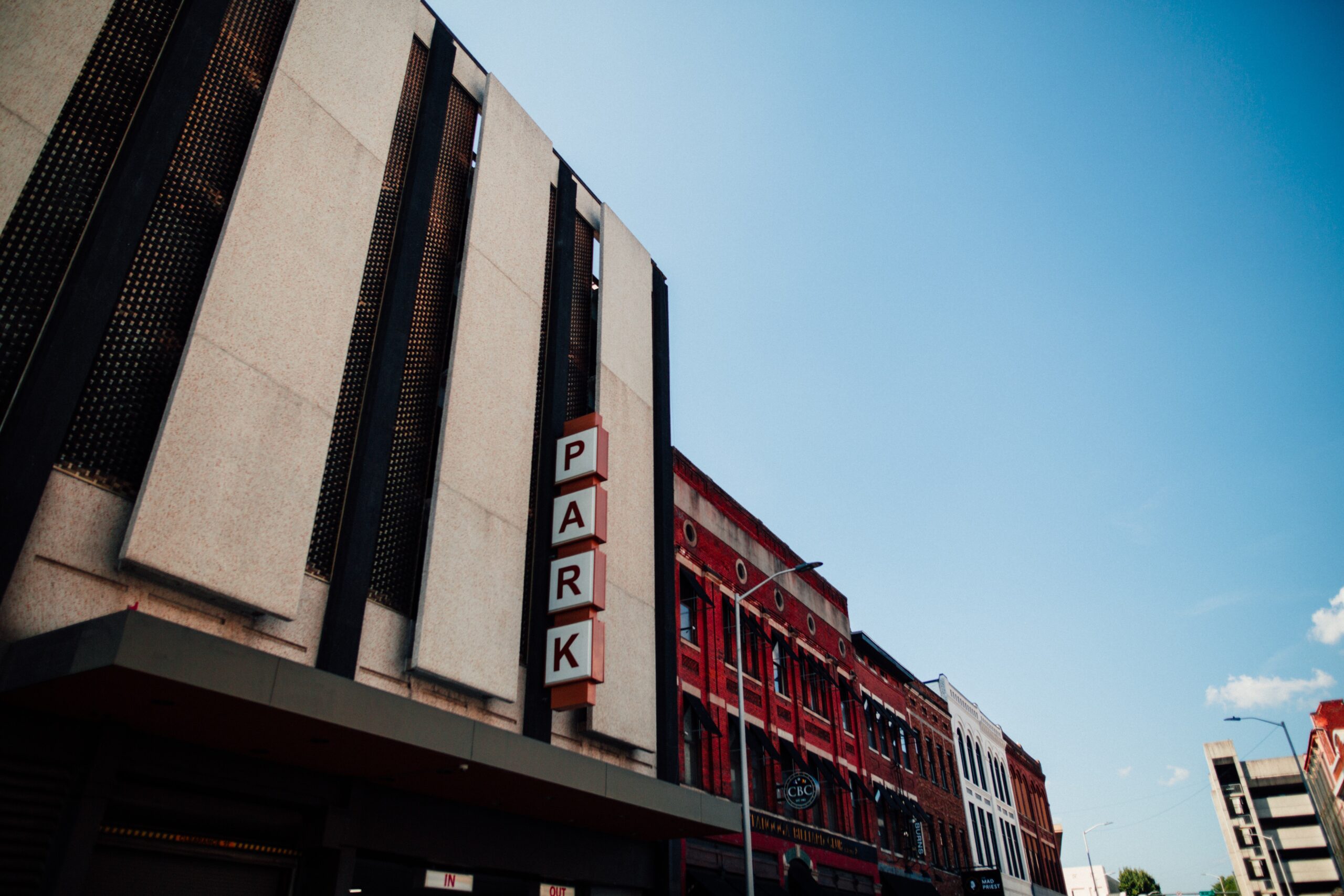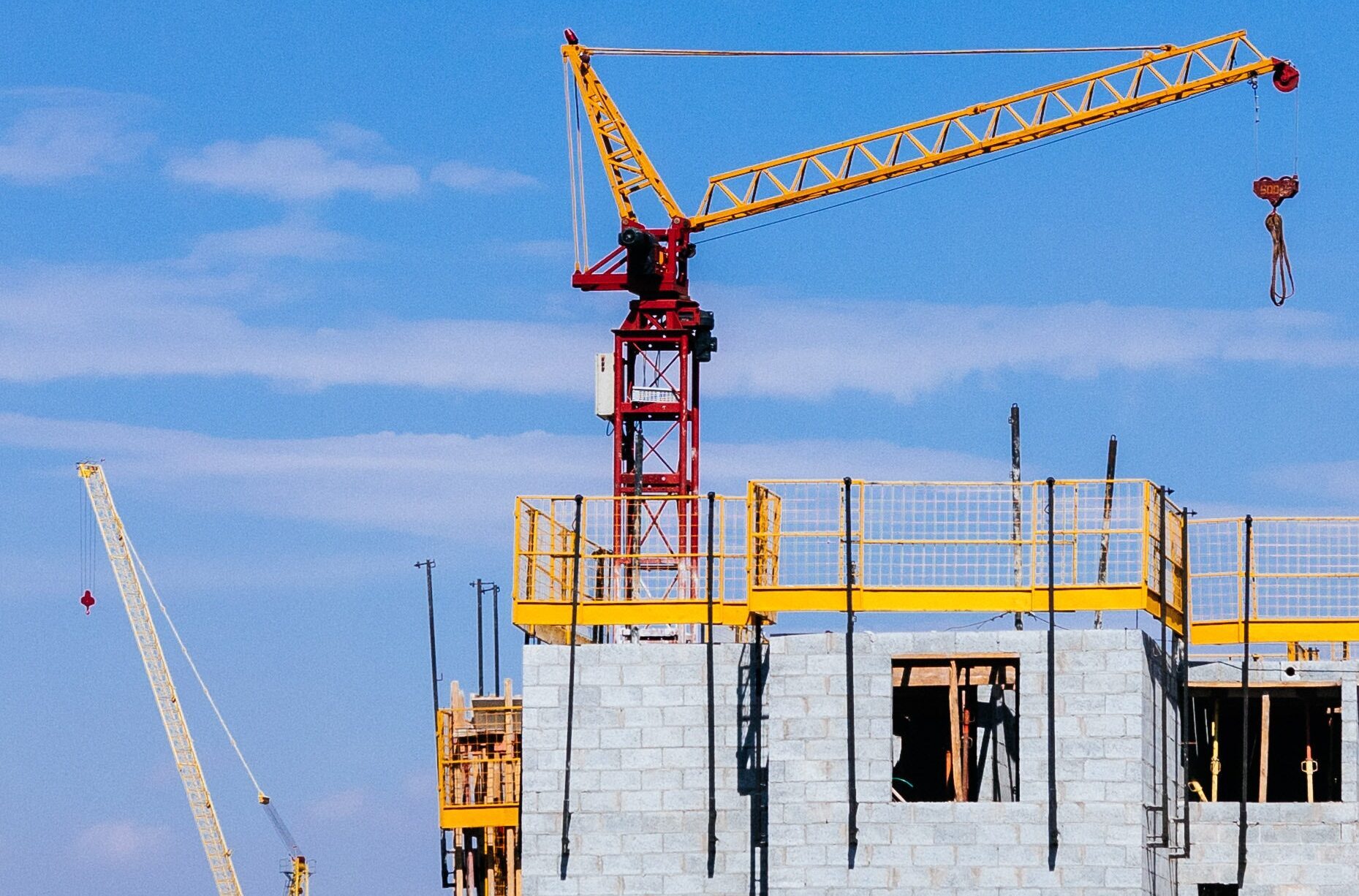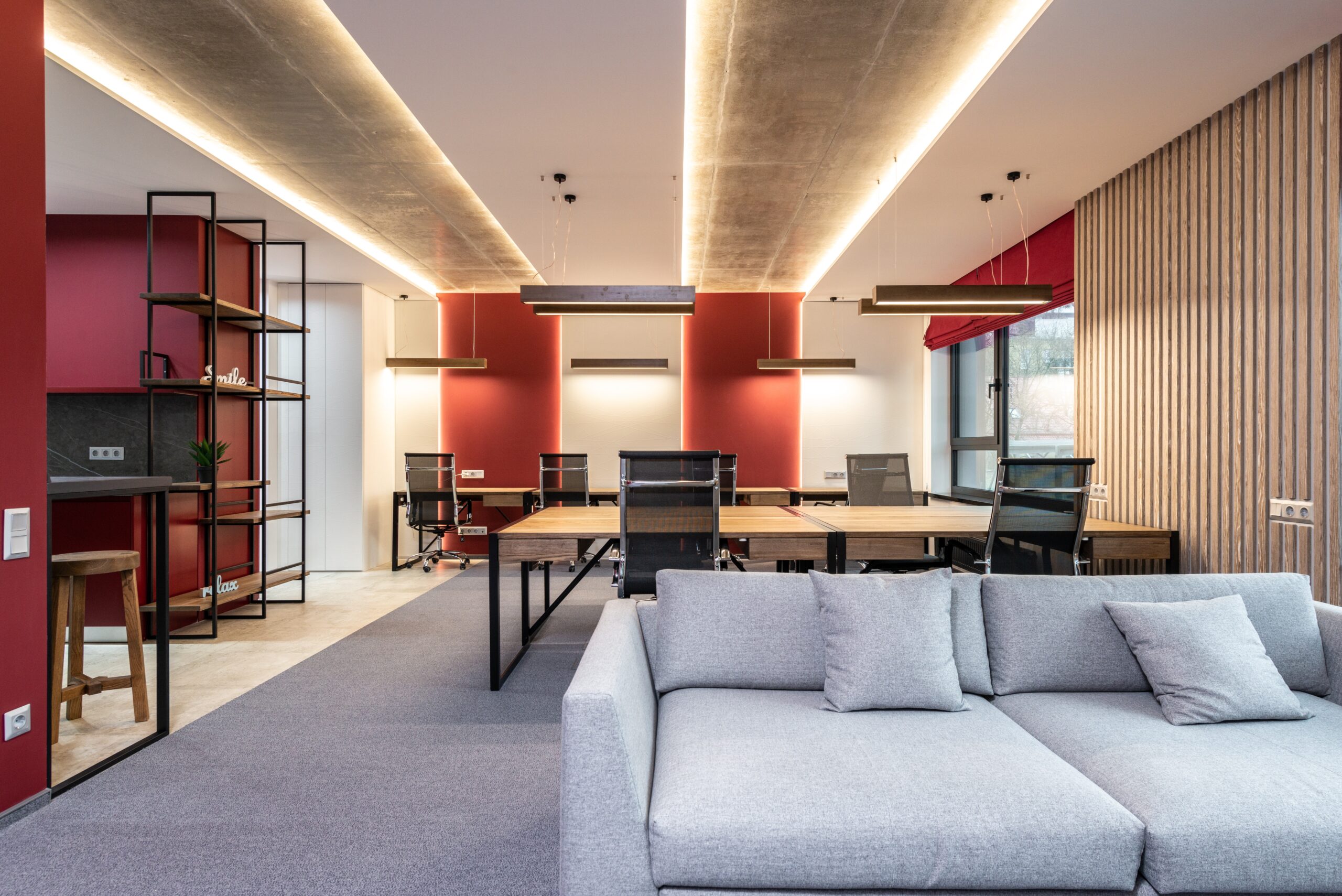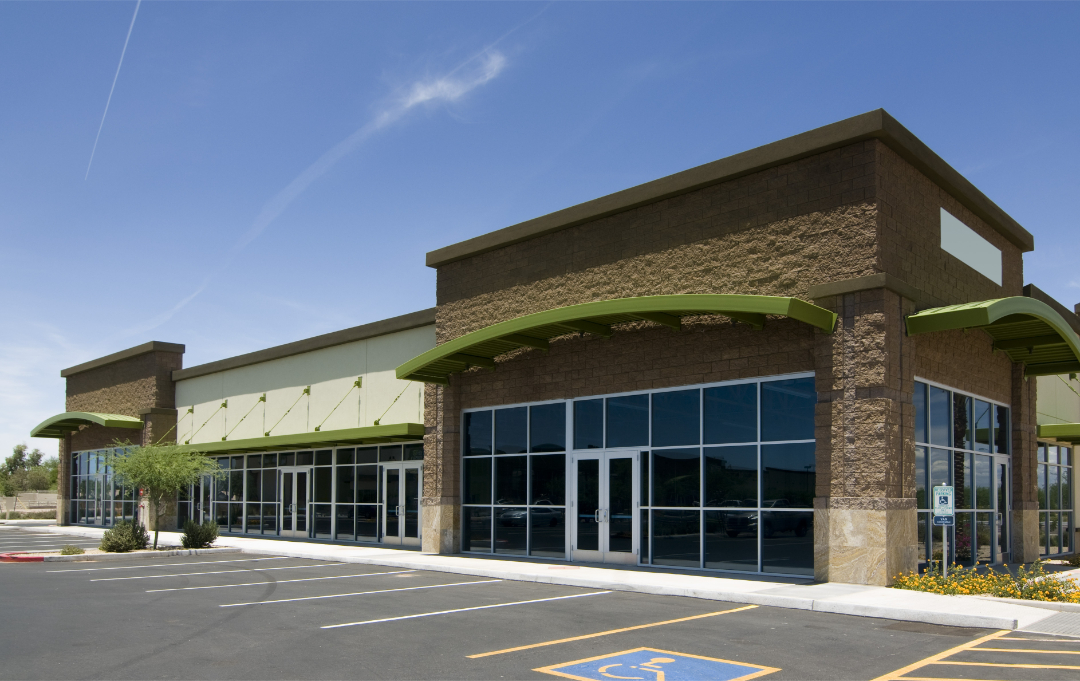When you sell a piece of real estate, you may need to pay capital gains tax on the proceeds. Capital gains tax payments can be hefty in commercial real estate, where price tags are often significant.
To avoid paying taxes immediately following a sale, some investors choose to use a 1031 Exchange.
What is a 1031 Exchange?
A 1031 Exchange is a tool used to defer taxes. It doesn’t eliminate tax payments; it simply allows investors to pay capital gains tax at a later date. When using a 1031 Exchange, an investor can sell a piece of real estate and use the proceeds to purchase another property of like kind without paying taxes on the gain.
Deferring taxes in this way allows funds to be reinvested in a new asset and continue to grow without a tax penalty for many years. The new property must be of greater or equal value, and the purchase must happen within a specific period to qualify.
Regarding commercial real estate, your business could sell its current office space and purchase a new office (of greater or equal value and within the specified period) without paying taxes on the proceeds from the sale. Ultimately, it means keeping more money in your pocket to continue investing.
What’s Your Strategy?
The first step is determining your investment strategy. Your commercial real estate agent can help guide you based on their experience and the type of real estate you hope to invest in. Depending on your goals, a 1031 Exchange may not be the best option, but it’s a highly beneficial tool to implement in the right situation.
Please contact Steve Longenecker at WeBrokerCORealEstate or 720-600-9513 regarding any commercial real estate needs in Longmont, CO, and our neighboring communities.
We give out $250 gift cards for referrals that become our real estate clients.
Like, Share & Follow us on LinkedIn and Facebook.
#longmontcommercialrealestate #commercialrealestatebroker #northerncoloradocommercialrealestate

